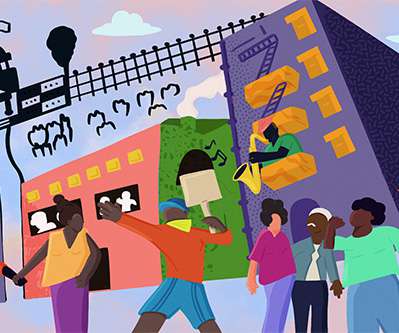How to Fight Power by Building Power
NonProfit Quarterly
NOVEMBER 29, 2023
From poverty wages to sky-high rents to environmental disasters, many of the crises we face today are linked to outsized and entrenched corporate power. To counter corporations’ outsized and unchecked power grab, we need more than public policy fights, community benefits agreements, and harm reduction.

















Let's personalize your content